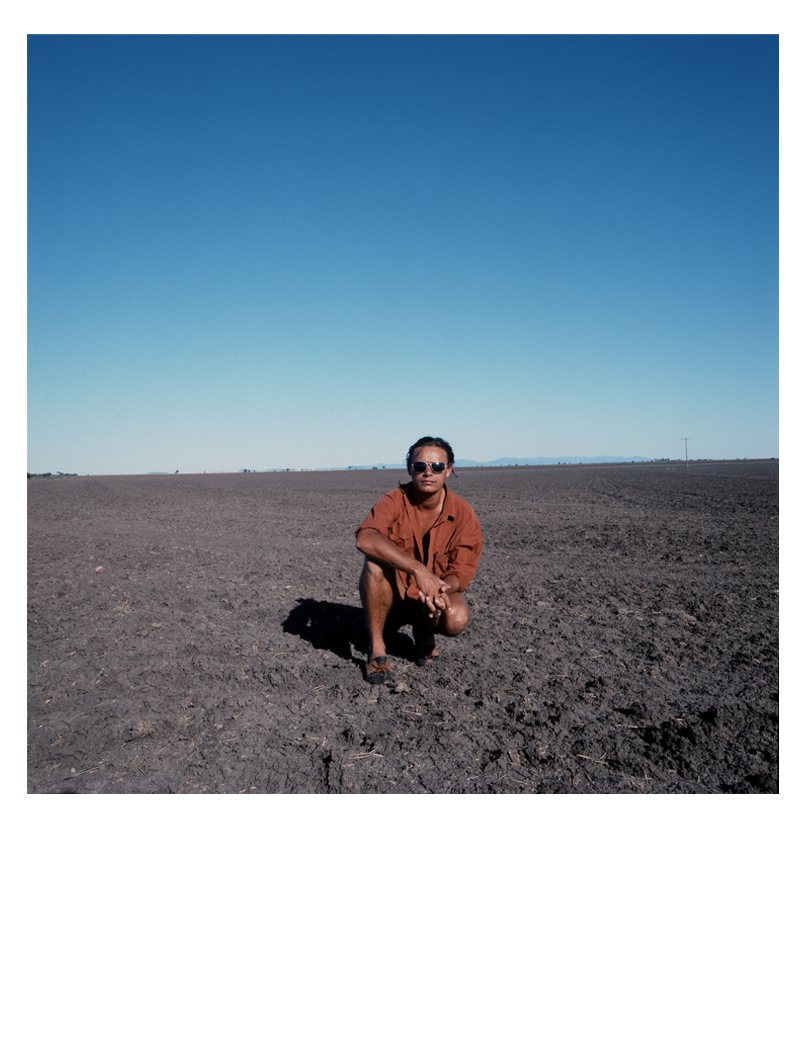1993 was ‘The Year of the Indigenous Person’ internationally and it was an easy decision to get involved working with the Indigenous people of Australia. I knew little of these cultures and felt compelled to change. There were a select few avenues to explore and one was S.B.S. television (Special Broadcasting Service). I wrote to a documentary film production company working within S.B.S. called ‘Black Fella Films’ explaining my desire to work with traditional people and offer my service.
I received a reply and worked on a documentary ‘Quest For Country’ directed by the late Indigenous Artist Michael Riley. We were to travel slowly across Central New South Wales shooting landscapes depicting the destruction farming has on the natural environment.
Michael Riley
Lightning Ridge
The Blue Mountains
While we were taking time sequence landscapes at the Blue mountains I found this on the ground. An old matchbox with the 1908 Coat of Arms for the City of Sydney. It features images of the First Fleet used by the British government in 1788 to transport its first convicts to the penal colony of New South Wales. An Aboriginal man and a British sailor stand on equal footing, but do the words of the motto, "I take, but I surrender", apply to both, or just the white man? And what exactly does this mean?
Just Outside Dubbo - Night Sky
Michael interviews two residents of the former Aboriginal Reserve in Dubbo
The Spirit of Australia
Lithgow
Unfortunately I have no captions for these following portraits taken in Moree during our filming schedule. My diary with this information was stolen many years ago.
Michael was a deeply troubled man. He carried pain - the pain of his people. He and I had many late night conversations during our time together. I have carried these discussions as the foundations for my objectives.















